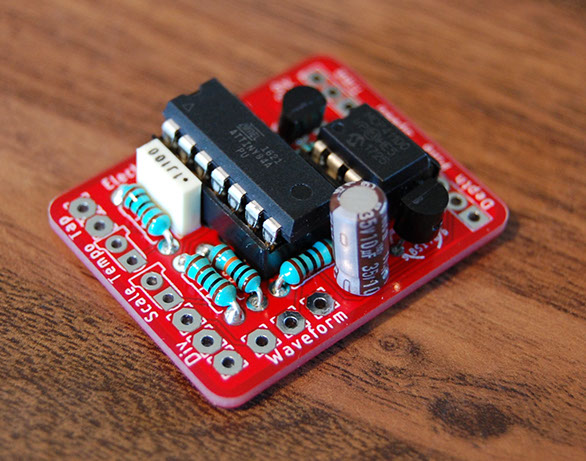TBH, by now I've played around with PT2399 enough and deviated from the datasheet examples far enough that I think I have a pretty good idea what can be squeezed out of it and at what cost it comes (or is that a feature?). I published my findings for the curious who want to dig deeper. I wish others would be more inclined to do the same. It's not like they're the ones who figured out how to drill the hole in the macaroni. Virtually everything in electronics has been done before.
In face of obscurity, trace, baby, trace.

